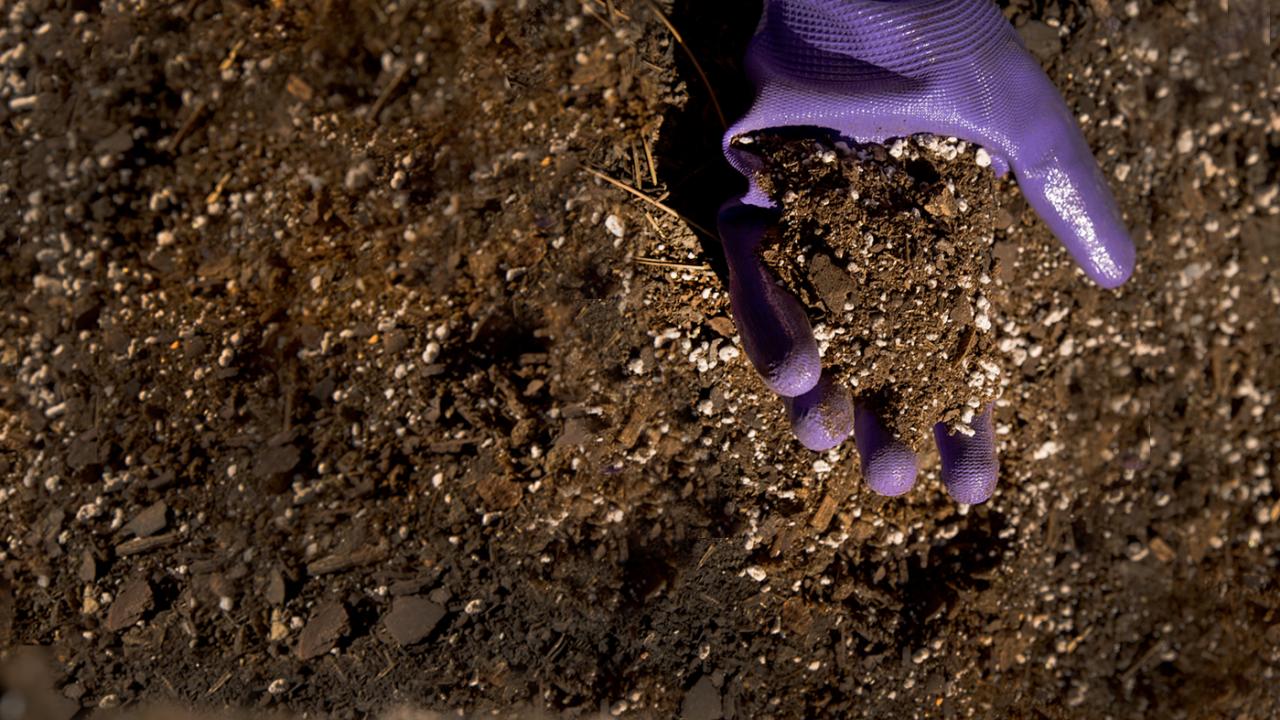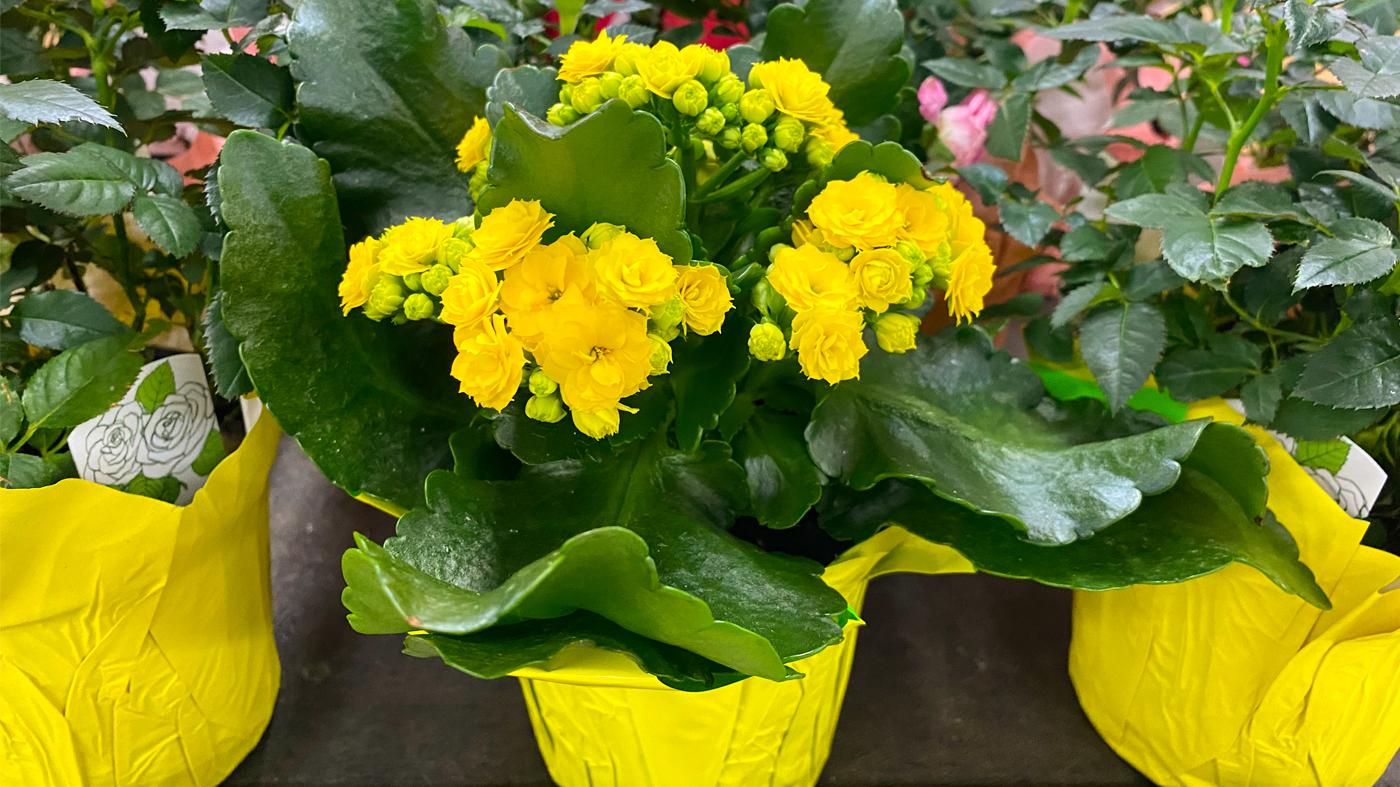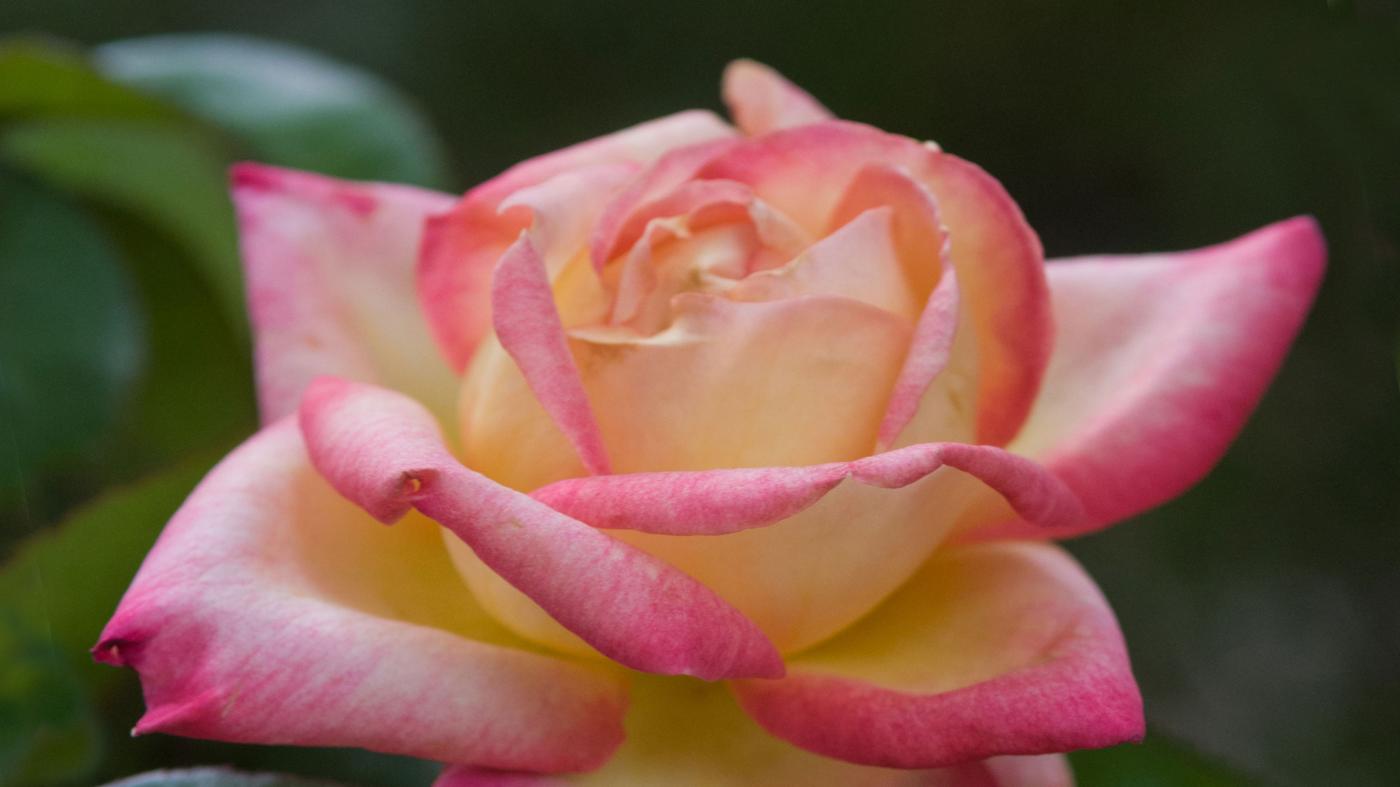
Indoor Plant Care
Indoor Plant Care

Honey, I Shrunk the Houseplants
What’s not to love about big, beefy Boston ferns or tall parlor palms? They serve as lush, green focal points in a room and, like rubber plants and ficus trees, they demand adequate space to strut their stuff.

Denizens of the Dark: Indoor Plants for Low-Light Spaces
As the year begins our indoor spaces can seem dark—especially on overcast days. Any sunlight that passes through windowpanes now is less intense and of shorter duration than in summer. But that’s no problem for several indoor plants that can spotlight a drab corner with intriguing sword-like foliage or variegated leaves.

Indoor Plant Care
If not done in late March, there is still time to sow seeds indoors for warm-season vegetables like tomato and pepper plants and summer-blooming annuals. Most seeds take six to eight weeks from germination to outdoor planting.
Continue to bring houseplants inside at night but outside during warm days. Most houseplants can remain outside when night temperatures are consistently 40 to 50 degrees. When in doubt, wait until mid-May before placing houseplants permanently in the garden.

Indoor Plant Care
Continue to care for indoor flowering gift plants.
Azaleas require even moisture and bright light. Deadhead to keep plants blooming for four to six weeks. Azaleas can go outside to a partly shaded location after May 15, but must come back in before fall frost.

Indoor Plant Care
Most houseplants require less water and much less, if any, fertilizer, because they slow their growth during this semidormant winter period. Succulent plants, such as cacti and jade plants, are in a winter dormancy and require bright light but very cool conditions with no water for up to two months. Overwatering will create soft brown patches on stems and foliage.

Indoor Plant Care
Monitor houseplants for insect problems that often occur when plants become stressed due to insufficient light, overheated rooms, or improper watering and fertilizing techniques. New houseplants or gift plants can also harbor pests. Isolate these plants before adding them to your collection. Pests to look out for include the following:

Indoor Plant Care
Plants brought indoors this fall might exhibit temporary “transplant shock” in their new environment due to changes in light and temperature. Sun-loving houseplants might suffer during cloudy winter season. If possible, consider supplemental artificial lights. Avoid overwatering houseplants. Cut back on fertilizer in general, except for plants intended to bloom all winter, such as miniature roses or geraniums.

Indoor Plant Care
Houseplants should be gradually acclimated to indoor conditions and brought inside before the Chicago area’s first anticipated frost of October 15. Monitor all plants carefully for insects or disease before bringing them in. Discard seriously diseased plants. Sequester new plants from those that grow indoors year-round to prevent disease or insect contamination.

Indoor Plant Care
Cuttings from favorite or unusual varieties of annuals such as geraniums, coleus, begonias, and impatiens can be taken this month, potted up, and brought inside to a south-facing window. Some tender unusual container plants can be brought inside as whole plants — hebe, black mondo grass, mandevilla vine, and certain small geranium plants are a few. Many gardeners prefer to repot the plants and change the soil to a fresh, lightweight, soilless mix at this time.

Indoor Plant Care
Amaryllis plants should be placed in morning sun (preferably outdoors), watered regularly, and fertilized every 2 to 3 weeks with a general purpose, liquid fertilizer.

Indoor Plant Care
Begin to harden off warm-season transplants, moving them into a cold frame or protected area.
Gradually move houseplants outside to protected areas. Large houseplants in plastic pots should be slipped into larger heavier pots to prevent them from falling over in wind. Guard against overexposure to afternoon sun. Carefully monitor for insects during their time spent in the garden.


